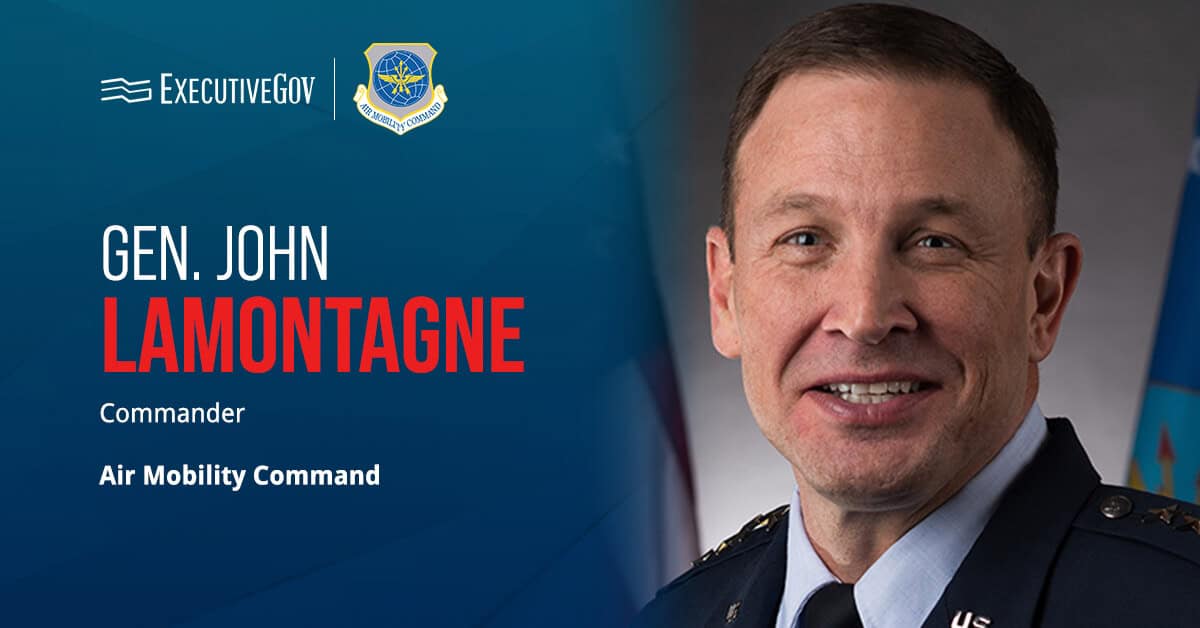 Master resilience trainer-performance experts worked with basic combat training soldiers in C Battery, 1st Battalion, 79th Field Artillery to discuss new energy management strategies in support of efforts to prepare for M-16 rifle marksmanship qualifications.
Master resilience trainer-performance experts worked with basic combat training soldiers in C Battery, 1st Battalion, 79th Field Artillery to discuss new energy management strategies in support of efforts to prepare for M-16 rifle marksmanship qualifications.The U.S. Army said Dec. 20 MRT-PEs from the Fort Sill Comprehensive Soldier and Family Fitness program utilized biofeedback software to show soldiers how emotions affect the nervous system and offered advice on how to control breathing habits and focus.
Soldiers were taught deliberate breathing techniques designed to control the breathing’s emotional, mental and physical components as part of efforts to establish a performance routine that can help service members prepare for a rifle marksmanship qualification or other stressful tasks.





